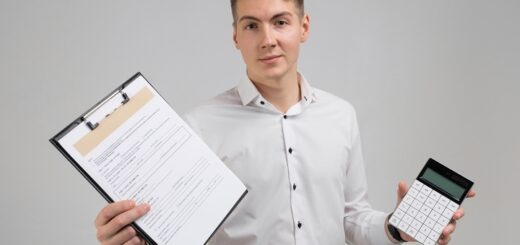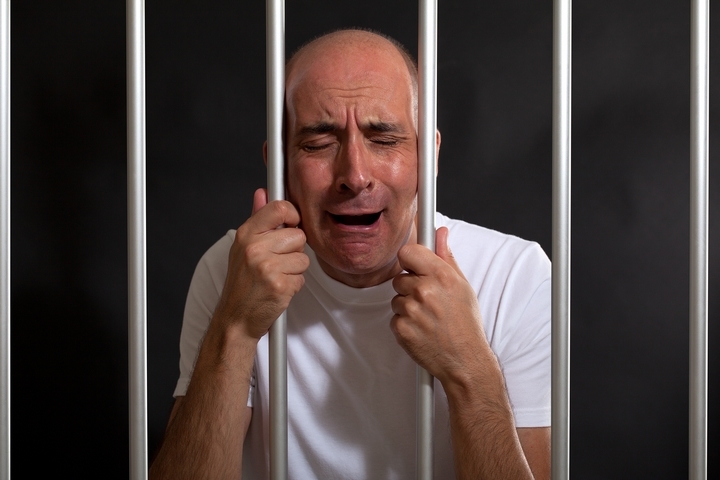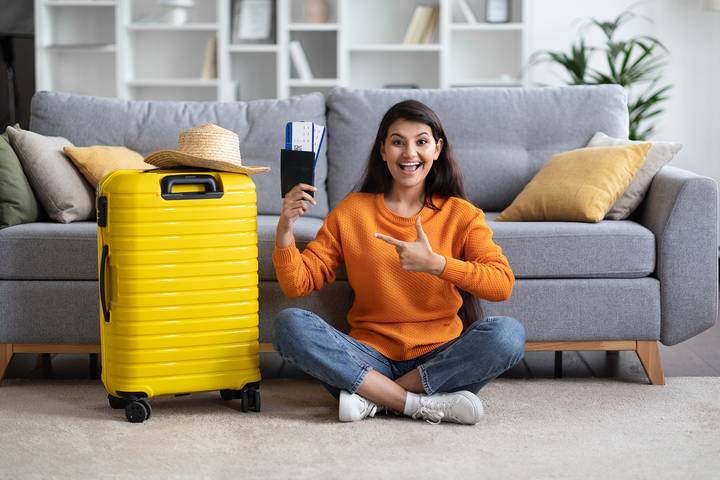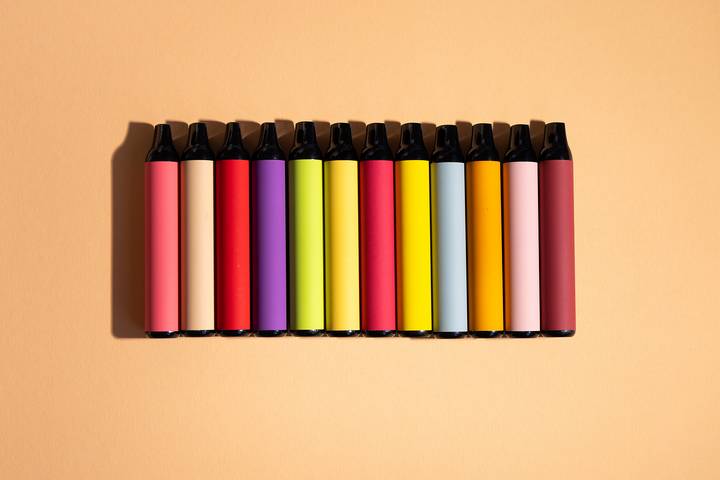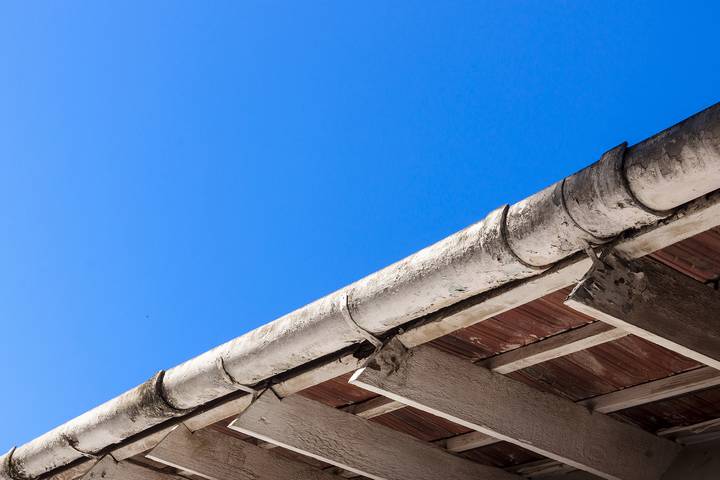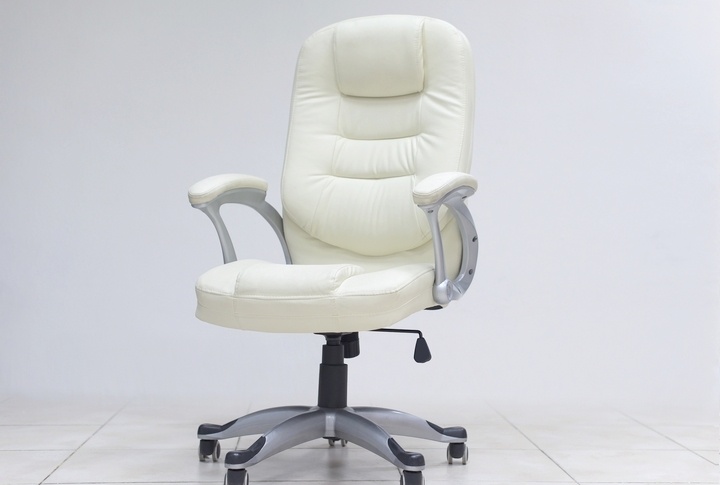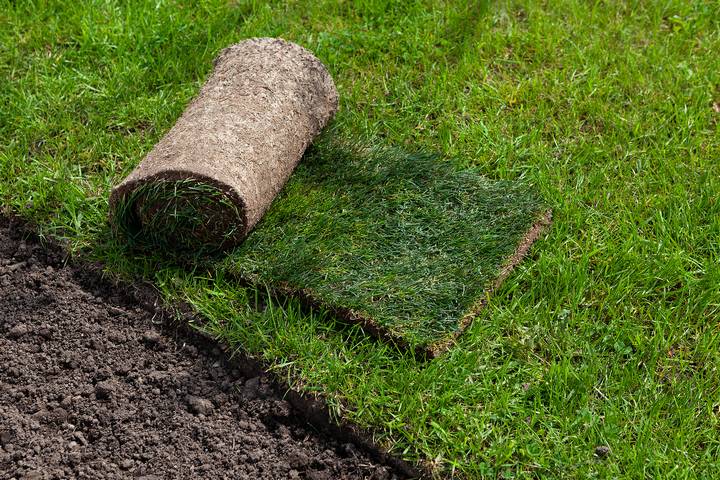How to Properly Recycle (and Save the Environment)

Did you know that Canada alone produces millions of tons of garbage that just ends up in landfills? Although recycling and composting is on the rise, the country still has a serious problem with garbage. According to the Global Footprint Network, “it now takes the Earth one year and six months to regenerate what is used in a year.” The fact that so much garbage is still being produced indicates that citizens don’t know what to put in their blue recycling bins.
Items that do not belong in the blue bin end up in there every day. This causes several problems, including damaging equipment, ruining other recyclables, and even causing employee injury at recycling facilities.
Education on how to properly recycle can help combat this serious problem. In this tutorial, let’s explore seven different ways to properly recycle:
1. Label Your Bins

The journey on how to properly recycle begins with your recycling, compost, and garbage bins. If the recycling bins and containers are labelled properly at the outset, it will make things more straightforward for everyone.
Depending if your municipality asks that you recycle paper in one bin, and plastics, glass, and aluminum in another, label your bins as paper, plastics and glass, compost, and garbage. That way, even if someone is taking care of your recyclables and garbage while you’re away, they’ll still know where everything goes.
2. Read the Instructions for Each Bin Carefully

Although this may sound straightforward, this is where recycling gets tricky. If you don’t have the instructions for your bins, your municipality probably offers them on their website. These instructions will tell you what is accepted into each bin and what is not. You can keep them somewhere prominent, like on the fridge, so that everyone in your household is aware of what goes where.
3. Know What Doesn’t Belong in the Recycling Bin

It might be tricky to recycle properly if you don’t know what goes into the recycling bin. Although it may seem intuitive that a black plastic pot that your new household plant came in can be thrown in the recycling bin, this is actually not the case in most municipalities.
As a general rule, always throw black plastic in the trash. The reason black plastic can’t be recycled is because recycling is sorted by electronic scanners and black pigments cannot be detected by the machines. Other things that can’t be recycled (although you should always check if this is the case with your municipality) are metal lids from glass jars, straws, cooking grease, coffee and soup cups, and more.
4. Dispose of Plastics Correctly

Not all plastic is recyclable. As mentioned above, black plastics and straws must be thrown into the garbage. While Canada is moving to ban single use plastics like straws, they are still widely available at many restaurants and grocery stores throughout the country. It’s best to avoid straws altogether, or craft yourself a straw made from metal that you can reuse.
Other single use items like stir sticks, plastic cups, and plastic dishware are not recyclable. Plastic bags and plastic wrap are also not recyclable and can get stuck in recycling processing equipment. To help reduce the use of these items, bring reusable shopping bags with you and store your food in reusable containers.
5. Dispose of Cardboard Correctly

Do you ever order a pizza then throw the soiled box in the recycling? We’ve probably all done it, but these boxes, along with soiled paper, cannot be recycled due to the grease and oil contaminating the cardboard.
If there is no plastic in the box, you can compost it along with your food waste. Clean paper and cardboard can be recycled so you can go ahead and throw that into the recycling. Check with your municipality for what their restrictions are when it comes to cardboard and paper.
6. Know What to Do with Food Containers

This is another tricky one. Can food containers be washed and recycled? As we just mentioned, pizza boxes and other cardboard food containers that are soiled cannot be recycled. Things like peanut butter and jam containers don’t need to be washed, but the jars need to be scraped clean of any remaining food. For plastic food containers, it’s best to check with your municipality to see if they recycle these.
7. Compost

Our last tip is to compost, compost, compost! You can keep a large amount of waste out of the garbage (and thus the landfill) by composting fruit and vegetable scraps, banana peels, avocado skins, other food scraps, household plants and soil, coffee grounds, yard waste like tree leaves and grass clippings, and much more. Some municipalities now accept dog waste, but you need to check with your specific municipality before throwing this in the compost bin.
We hope these seven tips make the world of recycling a little clearer for you. If we all do our part to eliminate waste and recycle properly, the earth will be a lot better off.


